The Wisconsin Department of Natural Resources (DNR) Urban Forestry Grant program awarded $104,920 to six Wisconsin communities for urban forestry projects during the second round of our 2021 funding. These funds were originally reserved for the Catastrophic Storm Grant program but were not needed through the winter months.
The communities receiving funds are the City of Cedarburg, the City of Delafield, the Village of Grafton, the City of Menasha, the Village of Shorewood and the City of Sun Prairie. Each grantee will receive an equal part of the available funding for $17,486.50. These urban forestry grants must be matched dollar for dollar.
The Department of Natural Resources Urban Forestry Grant program funds projects consistent with state and national goals to increase the urban forest canopy and its benefits. The urban forest encompasses trees on both public and private property.
Continue reading “Six Applicants Receive DNR Urban Forestry Grants In Second Round Of Funding”

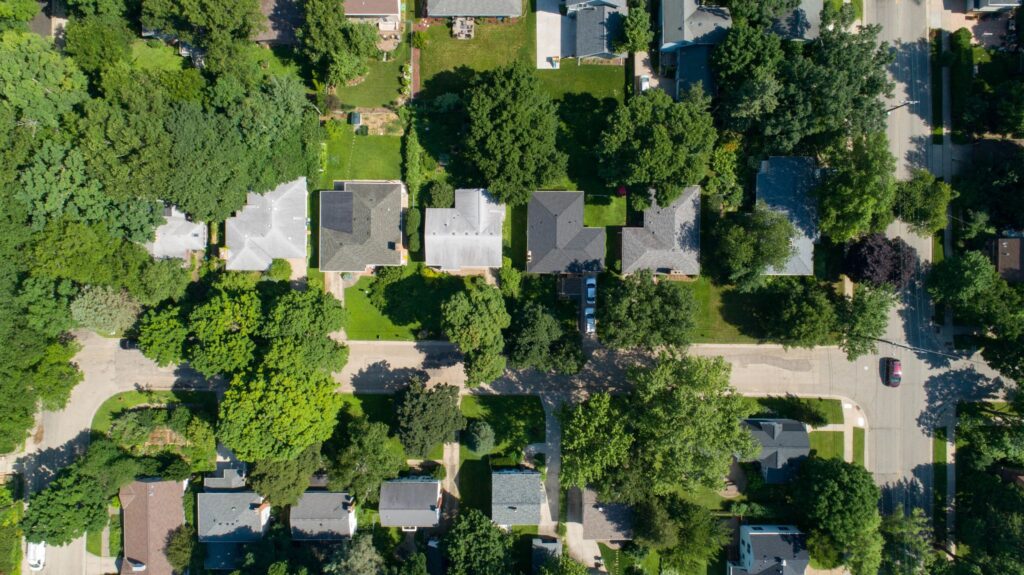 The Wisconsin Urban Forestry Council has announced awards honoring those dedicated to protecting, preserving and increasing the number of trees that line city streets, fill community parks and beautify neighborhoods throughout Wisconsin. The Wisconsin Urban Forestry Council advises the Wisconsin Department of Natural Resources (DNR) Division of Forestry on the management of urban and community forest resources.
The Wisconsin Urban Forestry Council has announced awards honoring those dedicated to protecting, preserving and increasing the number of trees that line city streets, fill community parks and beautify neighborhoods throughout Wisconsin. The Wisconsin Urban Forestry Council advises the Wisconsin Department of Natural Resources (DNR) Division of Forestry on the management of urban and community forest resources.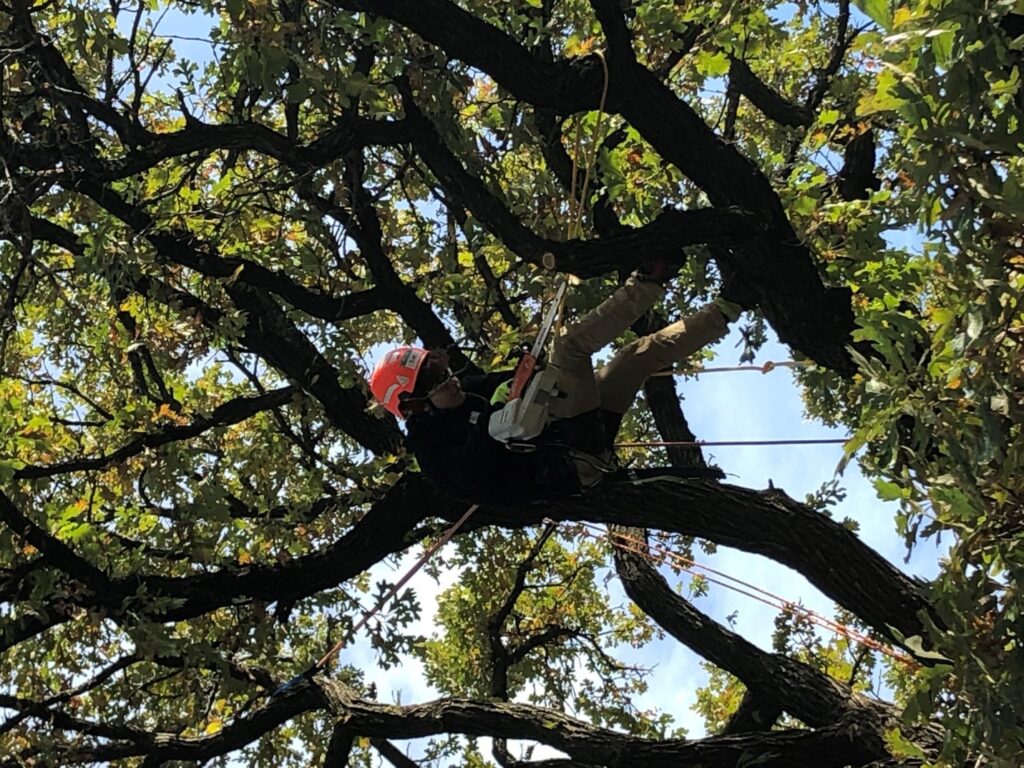

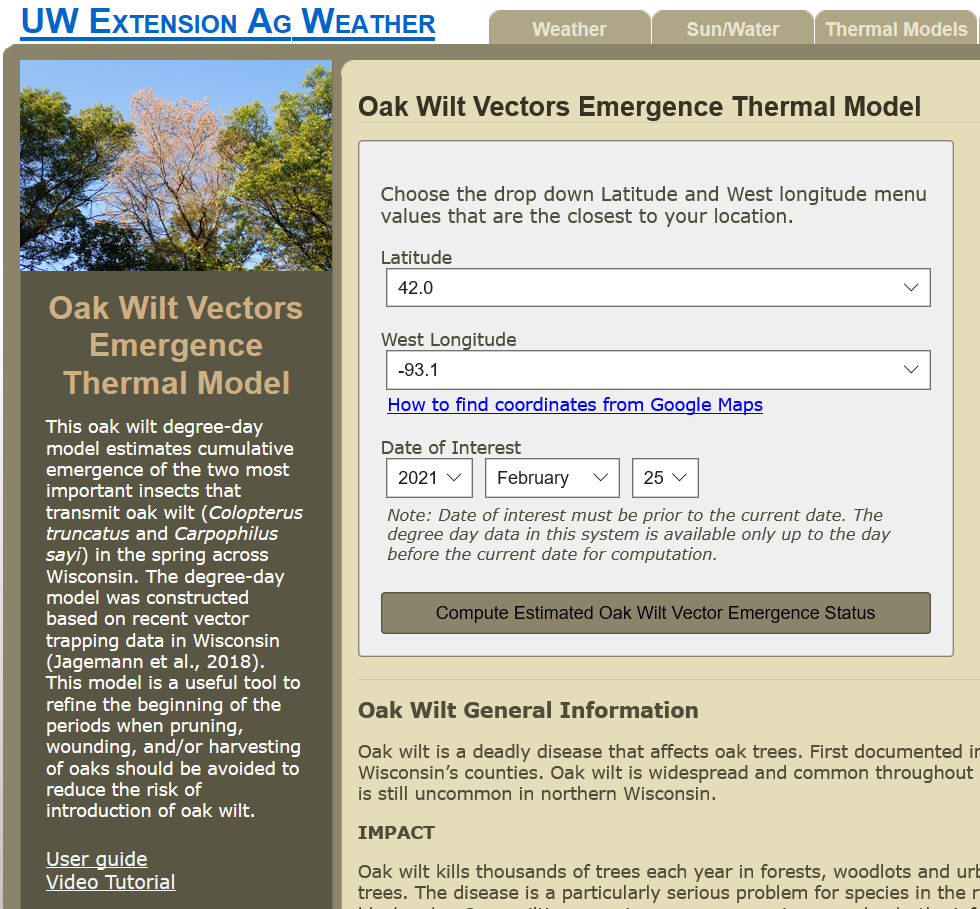 Oak wilt is a serious disease that occurs when insects carrying oak wilt fungal spores land on a healthy oak tree’s fresh wound. To prevent oak wilt infections, it is important to avoid pruning, wounding and harvesting oaks when these insects are abundant, generally April through July.
Oak wilt is a serious disease that occurs when insects carrying oak wilt fungal spores land on a healthy oak tree’s fresh wound. To prevent oak wilt infections, it is important to avoid pruning, wounding and harvesting oaks when these insects are abundant, generally April through July.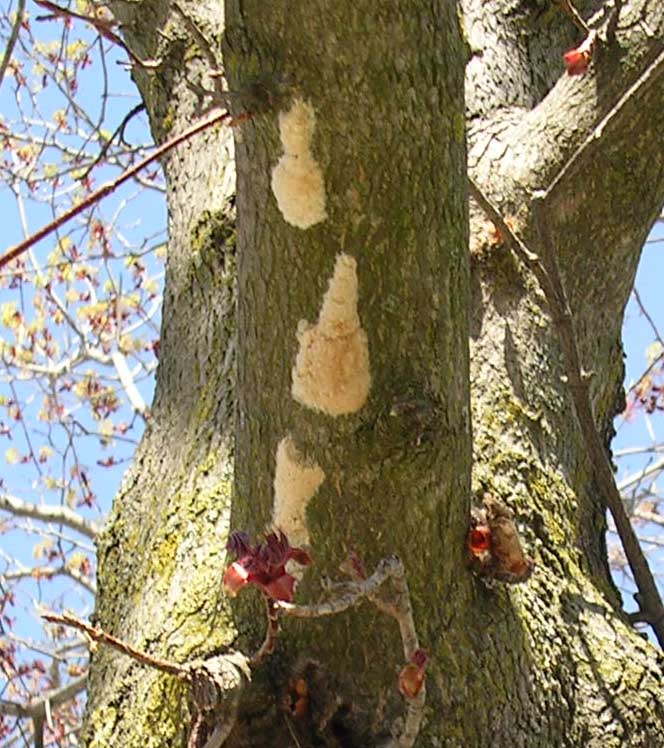
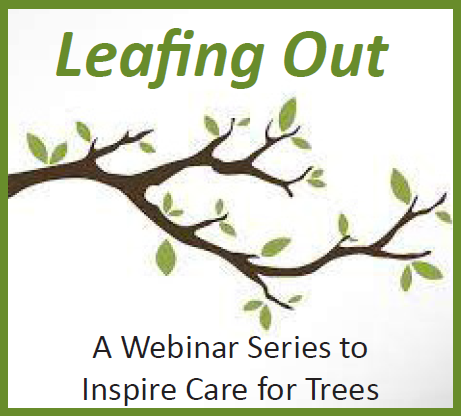
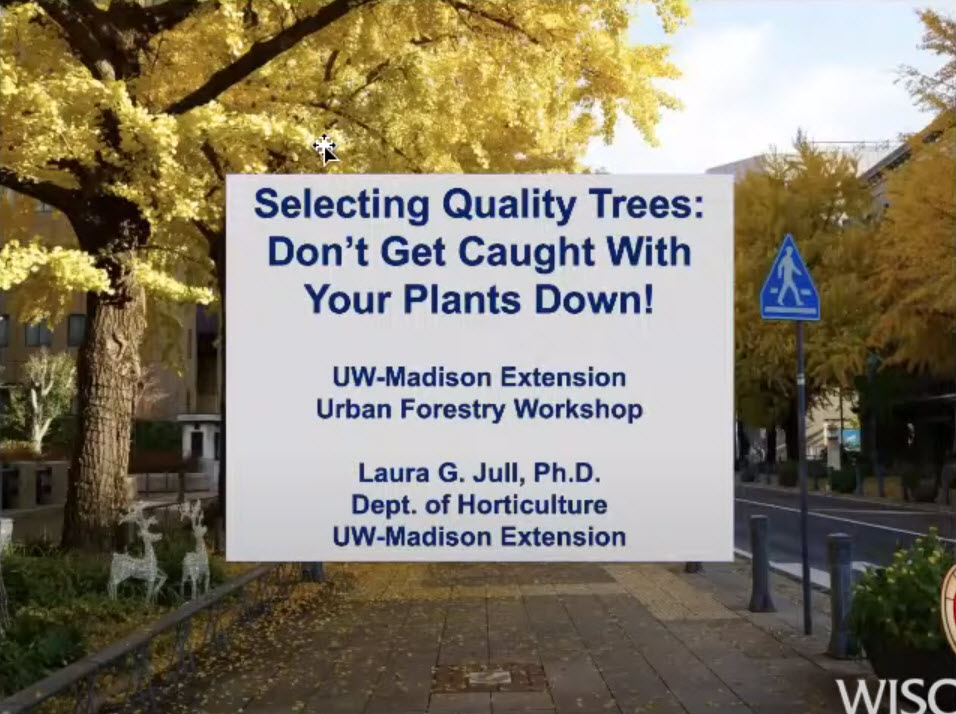 The Wisconsin Department of Natural Resources (DNR) Urban Forestry and UW-Madison, Division of Extension Fall 2020 Workshop Series is now available for viewing on YouTube. Use the links below to watch the videos:
The Wisconsin Department of Natural Resources (DNR) Urban Forestry and UW-Madison, Division of Extension Fall 2020 Workshop Series is now available for viewing on YouTube. Use the links below to watch the videos: